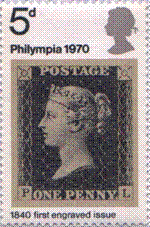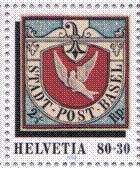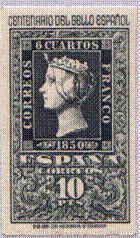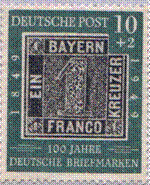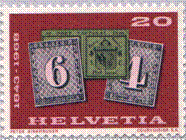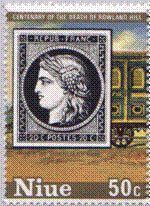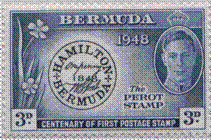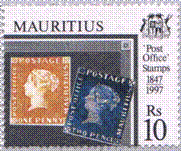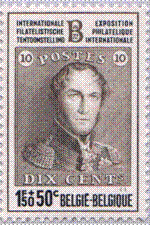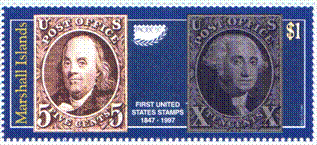|
STAMPS ON STAMPS COLLECTORS CLUB |
|
The
Consequential Sequence By Martin Hirschbühl With illustrations by Lou Guadagno |
|
If you’re
collecting SOS, then you are in touch with the most “philatelic” topic of
them all! As an additional pleasure, you’re lucky enough to do it
“worldwide”. This enables you
to have some close views into the postal history of many countries you’ve
probably never heard of before. Nearly each country has already issued one or
more SOS and the remaining ones will follow. And that’s quite a lot! More
than 200, I guess? Some countries disappeared, others changed their name once
or twice, some separate, and others unite. One fine day, I declared the happy shoebox-days of
collecting to be over. It wasn’t hard to find some albums and pages to mount
my average SOS collection. But very soon, I was faced with the “sequential”
question: who comes first and who’s to follow? My old stock list based on a German
“Michel Catalog”, divided by continents: Europe, America, Africa and so on.
In this way, all Latino-Hispanic countries with similar backgrounds would be
located together. This wasn’t very satisfying, because I wanted a mixture of
countries in a more “random” manner, but with a logical sequence. Why not “according to the alphabet”? It’s so simple and
easy to find. Yes, but it’s not universal. Our German friends seek their
country under “D”, not “G”. In alphabetic order, Albania will be followed by
Algeria. But what do they have in common? It’s just the same Mediterranean
sun shining down on them, nothing else. That’s not enough to become neighbors
in my SOS album.
Once again: who comes first? Well, Great Britain of course; they
invented the postage stamp. And who’s to follow? Yeah, I’ve got it….my
hometown Zurich (Switzerland) in March 1843. And what’s next? Brazil, August
1843, followed by Trinidad, USA and Mauritius, all in 1847. Like a string of
pearls, they made their appearance: Bermuda, France, Belgium, Bavaria (for
Germany), Australia and Spain and so on up to Bophuthatswana in late 1977. That
was it, indeed! I accepted the fact that all those German colonies were stuck
together. It was only natural, because they issued their first stamp
accordingly in 1897. My old list produced some 25 years ago, included all SOS-issuing
countries of that time. In the meantime, some additional ones appeared. But,
fortunately, I later decided to reduce my SOS collection to the Max (some of
you might have read about it). That’s why my list was never brought up to
date. In these beautiful new computer days, anyone should be able to continue
it. You are hereby kindly invited to make your contribution to the cause. If
you’re finished, please think of me under martin@hirschbuehl.ch.
You will find out that sometimes it’s a little tricky.
Switzerland, for instance, was once divided into “counties” such as Zurich and
Geneva (first stamp in 1843) or Basel with the famous dove of 1845. The Swiss
Federation was founded in 1850; the so-called “Rayon” stamp was the first
valid for the whole country. In such a case I listed the country under 1843,
not 1850. I’ve
never really made the decision for East Germany: should it be 1949, the year
of its first own stamp or 1945, which saw stamps of the Russian occupation or
1850, the first stamp of Saxony? I made the choices based upon my minor
knowledge of postal, territorial or political history. This became an
interesting
journey for me. Should I list Norfolk Island in 1948, when it issued its own
stamp, or maybe 1853 when the former mainland called Van Diemens Land emitted
their first stamp? Question after question; but that’s exactly where the
SOS fun started. It’s a creative way of collecting. What else can you ask? |
||||||||||||||||||||||||
